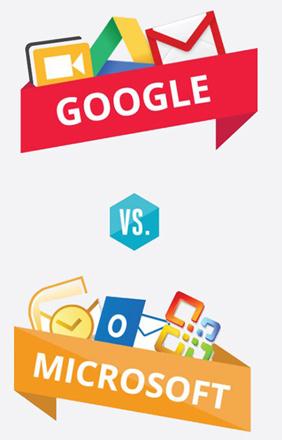You are here
Know your suite
By Jean-Claude Elias - Mar 27,2014 - Last updated at Mar 27,2014
How well do you know Word and Excel, or any other similar, compatible office suite application for that matter? How many of the functionalities do you really know or use? Aren’t you missing some precious time savers and work enhancers there? Investing a little time and effort in learning advanced functions, commands and hidden tricks may prove very useful and open new horizons.
Professionals who teach these applications often find that those trainees who at the beginning of a course claim they know say 50 per cent to 60 per cent of the functionality admit or perhaps discover, when the course is done, that they actually knew less than 10 or 15 per cent.
Microsoft Office Suite is a true pillar of personal computing and yet it is often underestimated, underused. With its popular Word and Excel applications, its two most widely used modules and by far, the celebrated software product is what brought the industry to this level of penetration in our living with computer technology, at home and at work, on any format and size of machine.
There are countless indicators that come to show how important is the suite. Like for instance the number of compatible, “similar” suites designed by third parties (i.e. not by Microsoft) and that run on portable devices like tablets and smartphones. Or the fact that people are still willing to pay a relatively high price for the suite of the prestigious company. Microsoft Office 2103, the latest version, costs about $400 in the country, in its full-fledged Pro version. The sum, roughly, represents half of the price of the average laptop computer on the market!
At the same time it is surprising to see how incomplete, to say the least, is the knowledge of the average user when it comes to the functionalities and the power of all the modules in the suite. Again, we’re mainly referring to Word and Excel here.
One must say that Microsoft is not helping. In 14 years, from 2000 to 2014, the company has released five different versions of the product. Of course there has been significant improvements from one version to the other but users are weary of having to discover what the differences, the improvements are, time and time again. It’s exhausting in the end.
One of the key features of Word 2013 is the possibility offered to the user to “Open PDF content in Word and easily reuse text, lists and tables”, a non-negligible feature, given the ever increasing usage and exchange of PDF documents on the web and by e-mail. Excel 2013 allows for easy and superfast data analysis as well as chart animation. There are countless features that can enhance work, making it faster, more efficient and more pleasurable. How many, for instance, know that they can search a spreadsheet by the colour of the data they entered and then formatted? This is only one of the not-so-well-known tricks.
Among the compatible office suites we find Google Docs and Apache OpenOffice, to name only these two. Oh, and they’re free! These two products are mainly for full-size computers, desktop and laptops, that run Windows or MacOs.
For smaller device like tablets and smartphones, Docs-To-Go by Dataviz constitutes an excellent though somewhat simplified office suite for the portable machines. Some versions of Docs-To-Go are free whereas other cost a mere $10 to $20.
Despite the variety of the available suites, some facts are valid throughout the range. All the products are inspired by the original Microsoft Office Suite that today remains the most complete and the most feature-rich. A typical suite consists mainly of a word processor, an electronic spreadsheet and a PowerPoint-like presentation application. And last but not least, many of the built-in functions and commands remain unknown to the wide public, mainly for lack of training.
Related Articles
So now you have the latest Android or Apple smartphone, with more processing power, graphic display capability, wireless connectivity, memor
The notion dates back to the late 1980s, computers don’t really matter, only data does. The first are disposable, the second is not. The professionals who take care of IT infrastructures and setups in large corporations and businesses know it all too well. And of course Google, Facebook, Twitter, not to mention Microsoft and the like, they all live by it.
If you just got yourself a new Windows-based computer, or if you are doing a fresh and complete installation of Microsoft operating system,

















